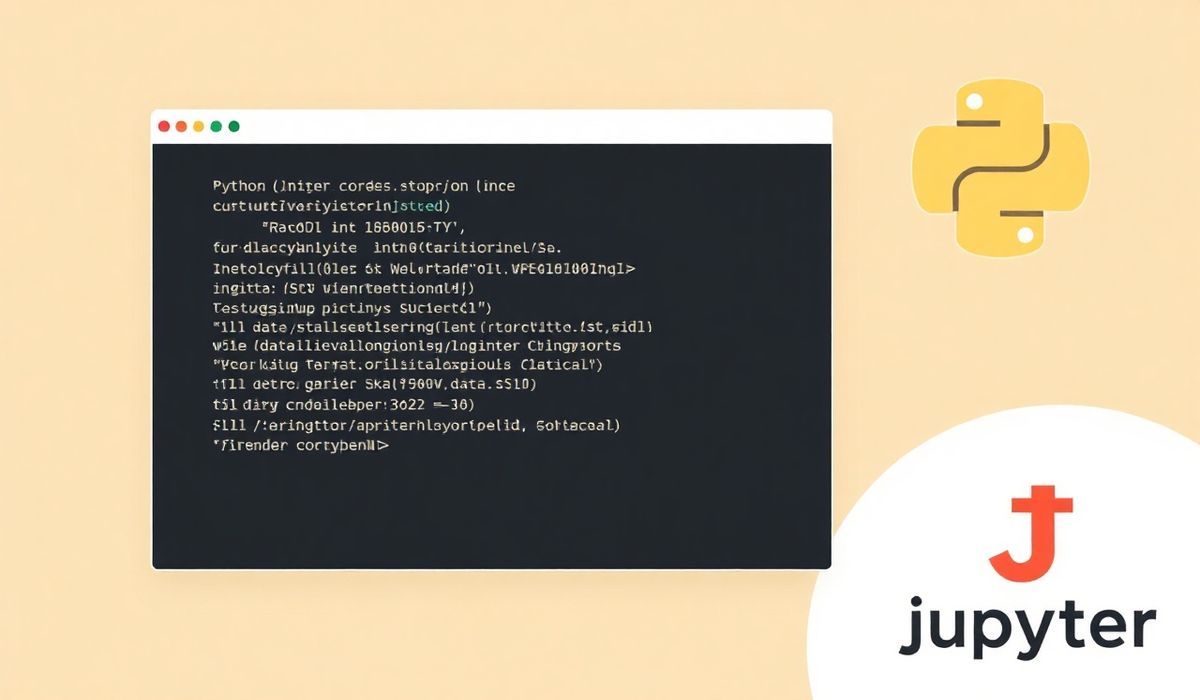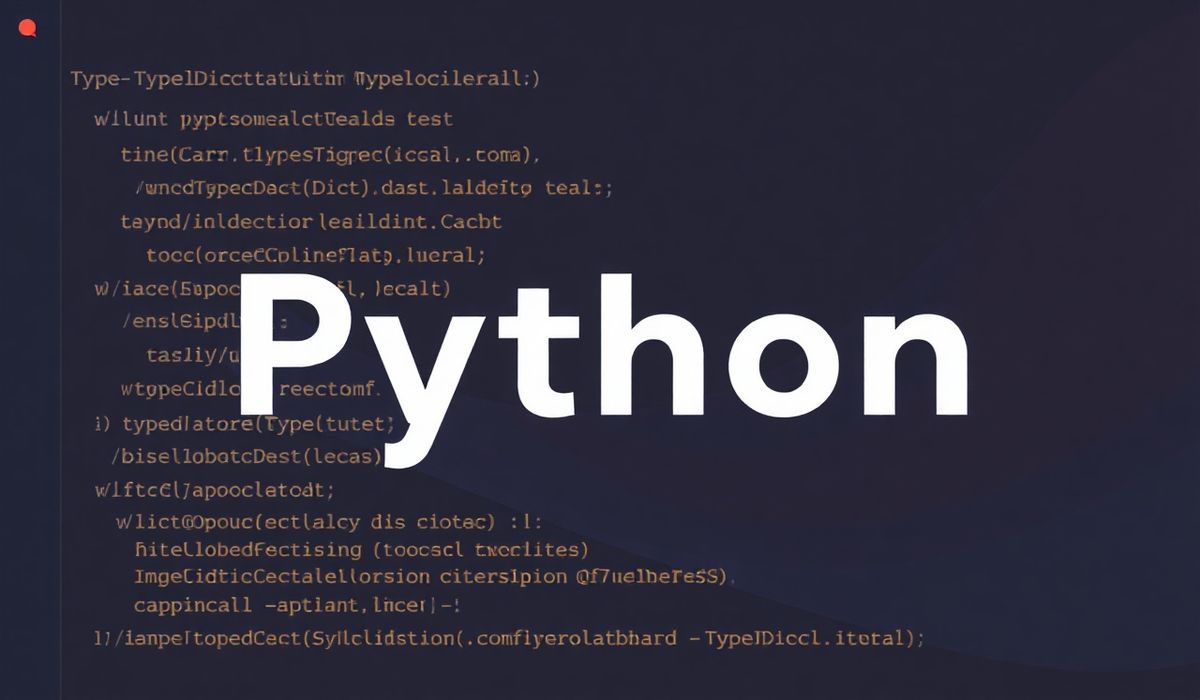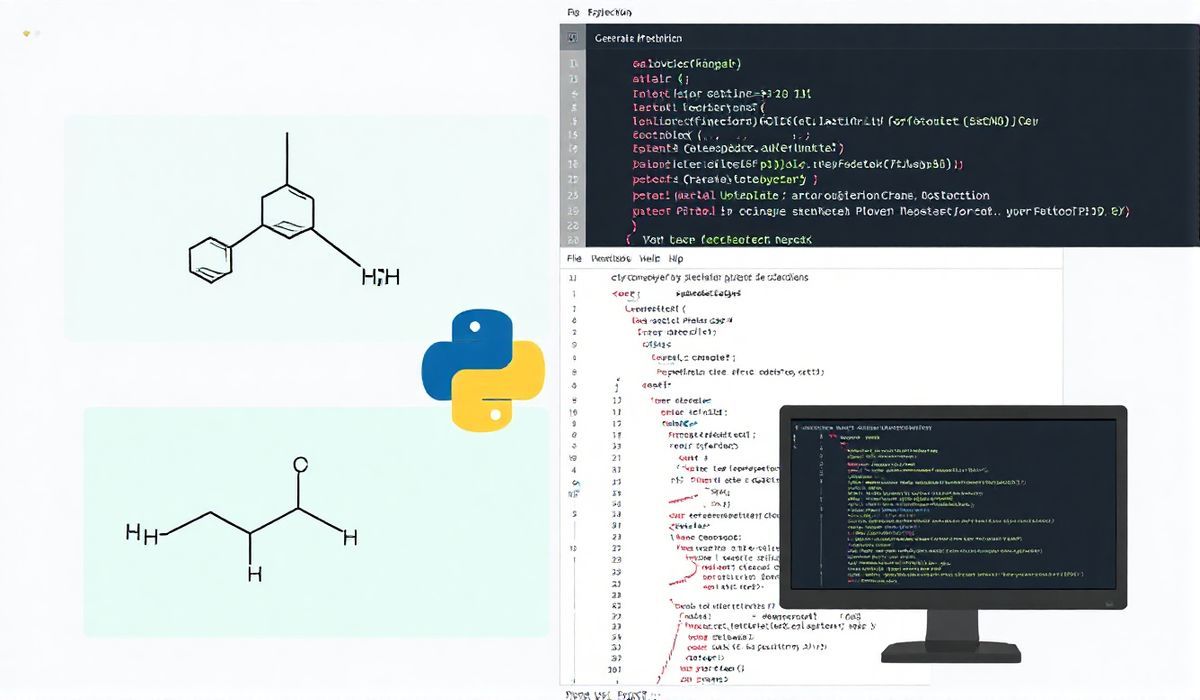Introduction to Auto-Launch
Auto-launch is a crucial feature in modern applications, enabling them to start automatically under specific conditions. Leveraging auto-launch capabilities can enhance user experience by ensuring that your application is always running when needed. Below, we explore the APIs available for implementing auto-launch in your applications with multiple examples and a comprehensive app demonstration.
API Examples
1. Checking Auto-Launch Status
This API allows you to check if auto-launch is enabled for your application.
const { autoLaunch } = require('your-autolaunch-module');
autoLaunch.isEnabled()
.then(enabled => {
if (enabled) {
console.log('Auto-launch is enabled');
} else {
console.log('Auto-launch is not enabled');
}
});
2. Enabling Auto-Launch
Enable auto-launch for your application using this simple API call.
autoLaunch.enable()
.then(() => {
console.log('Auto-launch has been enabled');
})
.catch(err => {
console.error('Failed to enable auto-launch', err);
});
3. Disabling Auto-Launch
Disable auto-launch for your application.
autoLaunch.disable()
.then(() => {
console.log('Auto-launch has been disabled');
})
.catch(err => {
console.error('Failed to disable auto-launch', err);
});
4. Checking Auto-Launch Path
Obtain the current auto-launch path of your application.
autoLaunch.getPath()
.then(path => {
console.log('Auto-launch path:', path);
});
App Example
The following is a simple example of a Node.js application using the auto-launch APIs demonstrated above.
const { app, BrowserWindow } = require('electron');
const AutoLaunch = require('your-autolaunch-module');
let mainWindow;
function createWindow() {
mainWindow = new BrowserWindow({ width: 800, height: 600 });
mainWindow.loadFile('index.html');
mainWindow.on('closed', function () {
mainWindow = null;
});
}
const autoLaunch = new AutoLaunch({
name: 'MyApp',
path: app.getPath('exe'),
});
app.on('ready', () => {
createWindow();
autoLaunch.isEnabled()
.then(enabled => {
if (!enabled) autoLaunch.enable();
})
.catch(err => console.error('Auto-launch check failed:', err));
});
app.on('window-all-closed', function () {
if (process.platform !== 'darwin') {
app.quit();
}
});
app.on('activate', function () {
if (mainWindow === null) {
createWindow();
}
});
By integrating these auto-launch APIs, you can ensure that your application starts automatically, enhancing the overall user experience and keeping your app readily available.
Hash: c0f4477676a0225b246231c949101b7ef50de33f3d49f182aa696b2b0b7c3147




